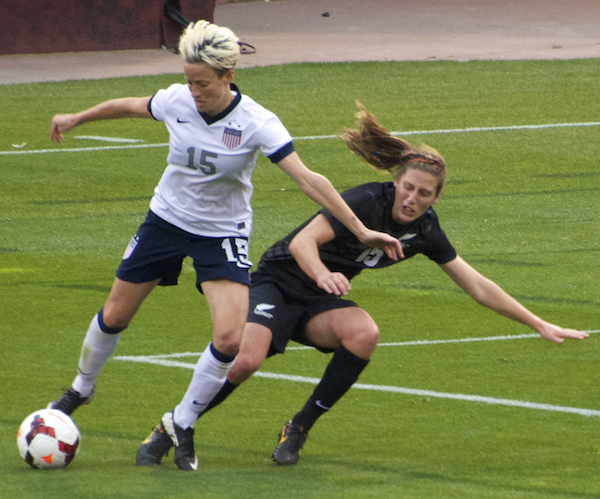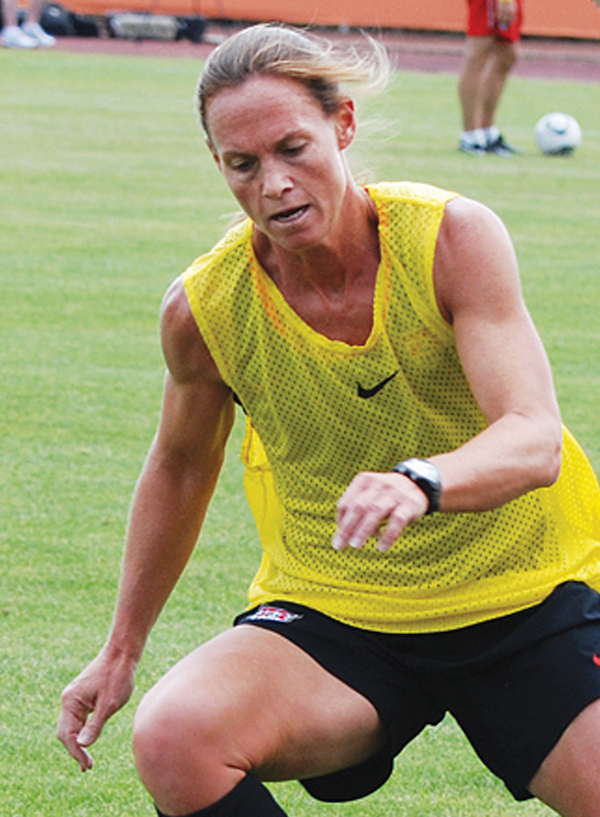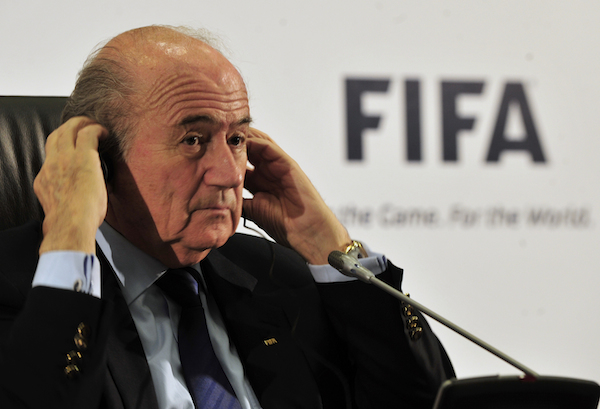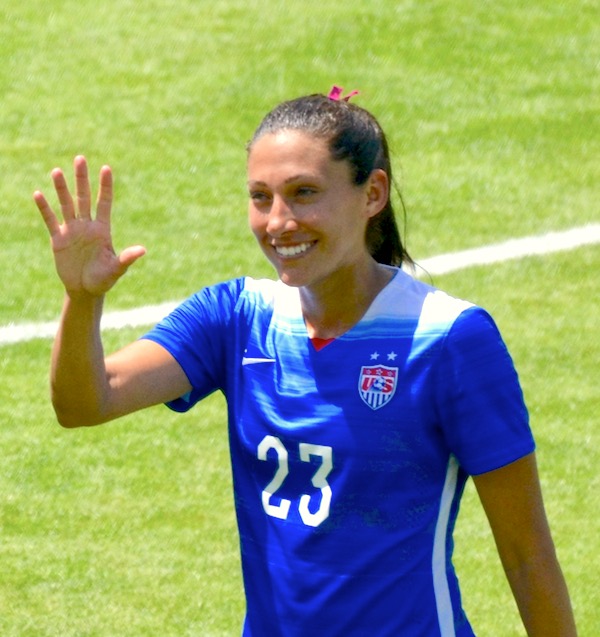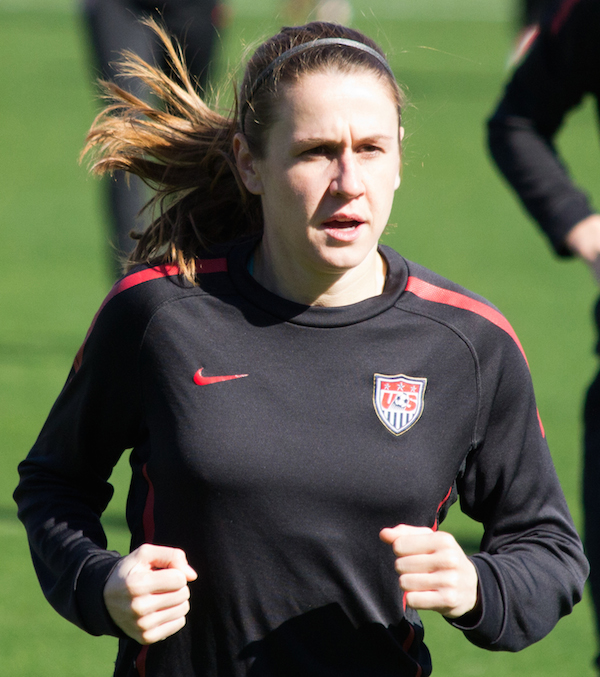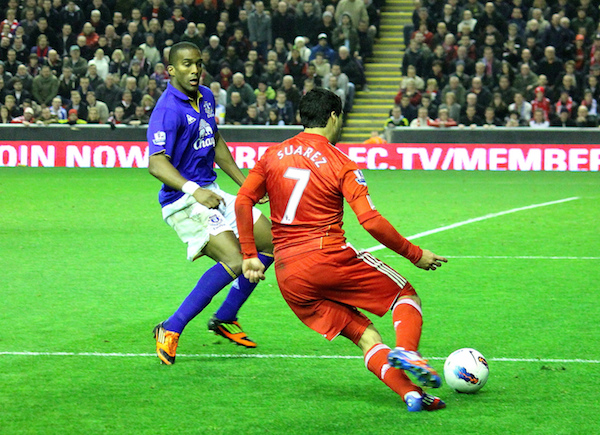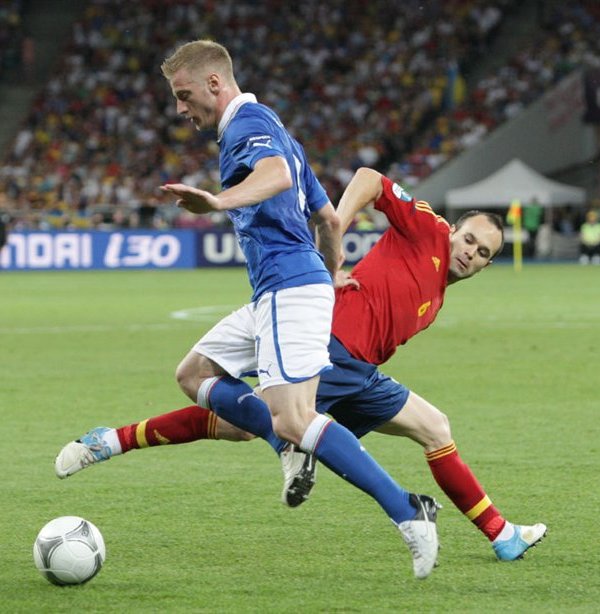Are you big? A little slow? Do you have the desire to play soccer but not the dribbling skills? Able to kick the ball hard but not aim it that well? There’s a good chance that you play defense on your soccer team. Of course, world class defenders or fullbacks are neither slow nor bad at dribbling or shooting. Instead of playing defense because of their deficit in the skills department, the defenders you see playing soccer on television play defense because of what they have more of than anyone else: size, strength, and determination. Defenders use their size to out-jump opposing forwards when a ball is played in the air. They use their strength to muscle the opposition off the ball when they have possession of it. Like offensive linemen in football, defenders have the least margin for error and the most dramatic consequences for failing. (Some would argue the goalie has less but its understood that the goalie’s task is virtually impossible, whereas defenders are always supposed to succeed.) As such, the players who are attracted to playing defense and who succeed there are strong-willed and determined. No matter what it takes, their job is to stop the opposition from scoring and they’ll find a way to do it. Defenders may not run as much as midfielders during a normal game or sprint as quickly or as often as strikers, but they have to do it for a full 90 minutes. It’s very rare, except in cases of injury, for a team to spend one of its three substitutions on a defender. Some defenders find a way to get into the act on offense as well. Normally, this chance comes on set pieces, particularly corner kicks, when the ball is going to be in the air and a defender’s size is an advantage.
Central Defenders
The most common formation involves four defenders. Of these, two are considered central defenders, two outside defenders. Of the big, strong, determined defenders, central defenders are bigger, and stronger, and more determined than the rest. As central defenders, their responsibility lies in the area right in front of their goal — the most dangerous area for an opponent to have the ball. A great central defender will keep the ball from ever getting to that area by positioning herself to intercept any passes into that area. If a player tries to dribble the ball into that area, they should expect to be met by a firm and well placed pair of cleats. In modern soccer, the four defenders are usually deployed in a horizontal line across the field, so the two central defenders have overlapping but similar responsibilities. In older formations, they were often stacked vertically, one as a first line of defense, called the stopper, and one as a last resort, called a sweeper. Among the sweeper’s responsibility was to coordinate the other defenders and any other teammates necessary. Nowadays, that responsibility will be given to one or the other central defender. It’s not uncommon for that player also to be the captain of the team.
One strange vestigial aspect of soccer tactics is the habit of British soccer people to call a central defender, a “center half” or a “center half-back.” This is confusing because Americans use the term “half-back” synonymously with midfielder, so it not only doesn’t make sense to call a central defender a “center half” but it actively subverts something you think you know about positions. The reason for this is that in the very, very old days of British soccer, teams often played with only two defenders. As it became more necessary to have four full-time defenders, the two existing defenders shifted farther out, to the sides of the field and two central midfielders, called center half-backs, slid back to play defense. Though their role changed, these players held on to their positional name.
Outside Defenders
Outside defenders are a more varied bunch than central defenders. Whereas central defenders almost need to be tall, because the primary responsibility of an outside or wing defender is to prevent a player from crossing the ball into the penalty box, outside defenders can be a little shorter. While their central counterparts almost always stay back, even when their team has the ball, an outside defender may transition quickly to offense, sprinting up the side of the field. An outside defender’s closest teammate is often the midfielder in front of her, with whom she can play intricate give-and-goes to move the ball up the field. Since attacking is more prestigious than defending, even in a sport as low-scoring as soccer, the best known outside defenders in the world are offensive players. In the past twenty five years, Brazilian wing-backs have made a name for themselves internationally and on club teams throughout the world as talented offensive outside defenders. Based on the opponent and the composition their own team, a coach may choose to play with two offensive-minded outside defenders, two defensive-minded outside defenders, or even mix and match. Of course, none of these forays up the field excuse a defender from his defensive responsibilities. Even when caught way out of position, an outside defender has to have the speed and stamina to get back on defense before they are missed.


